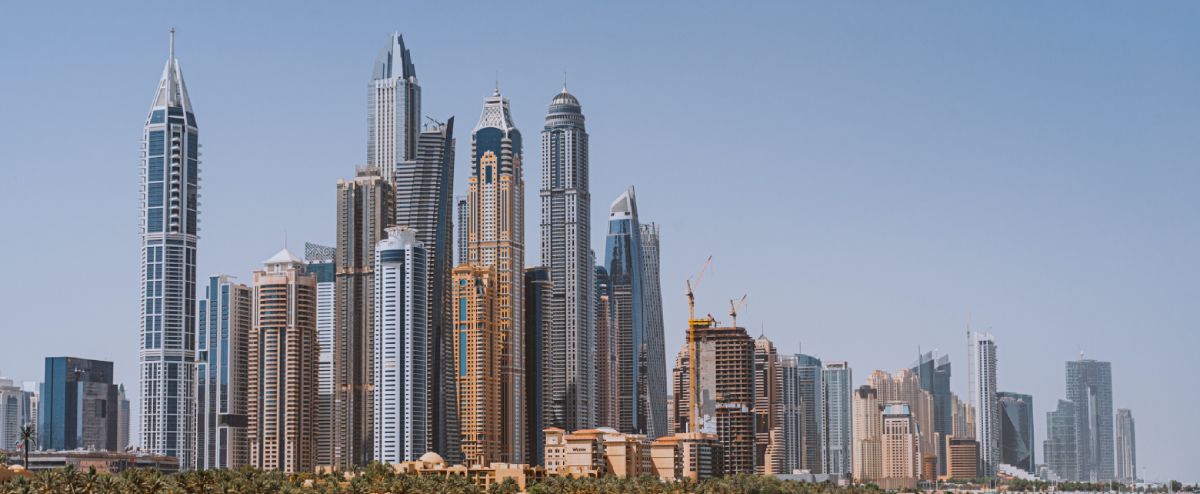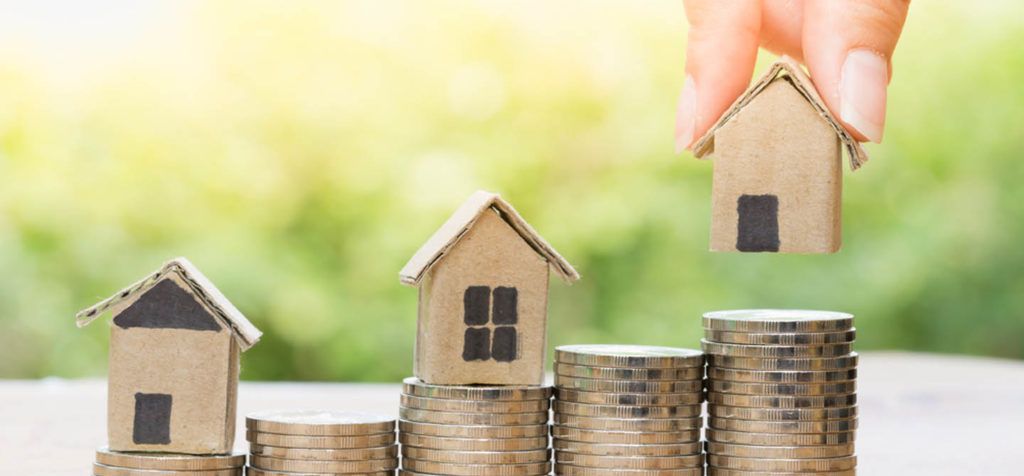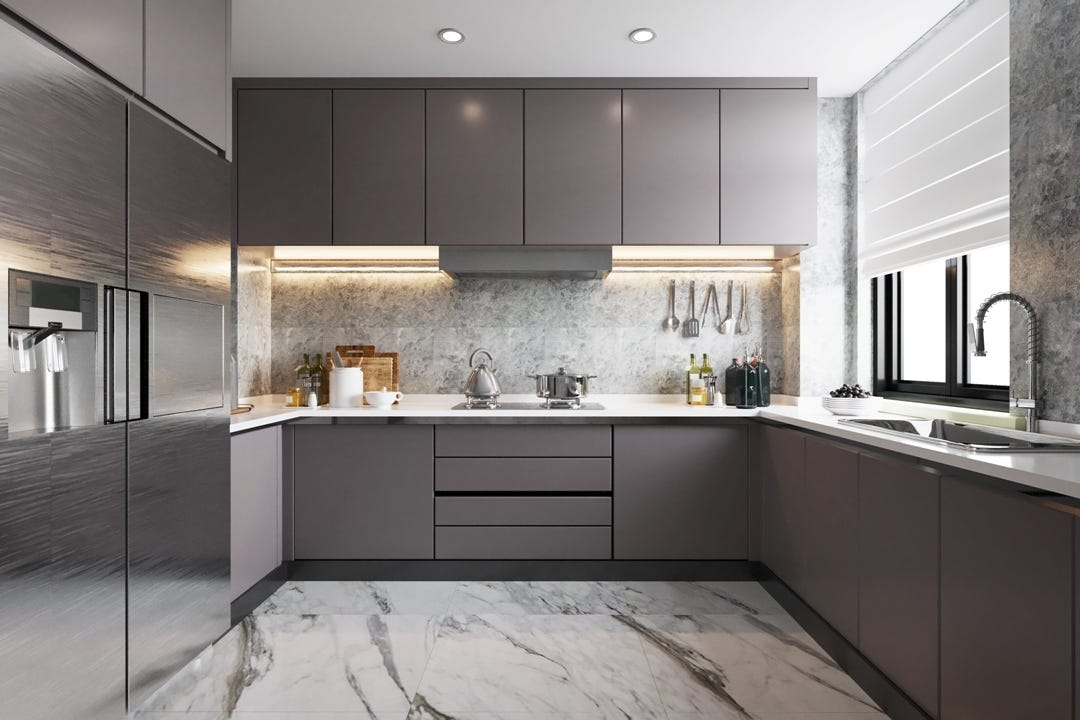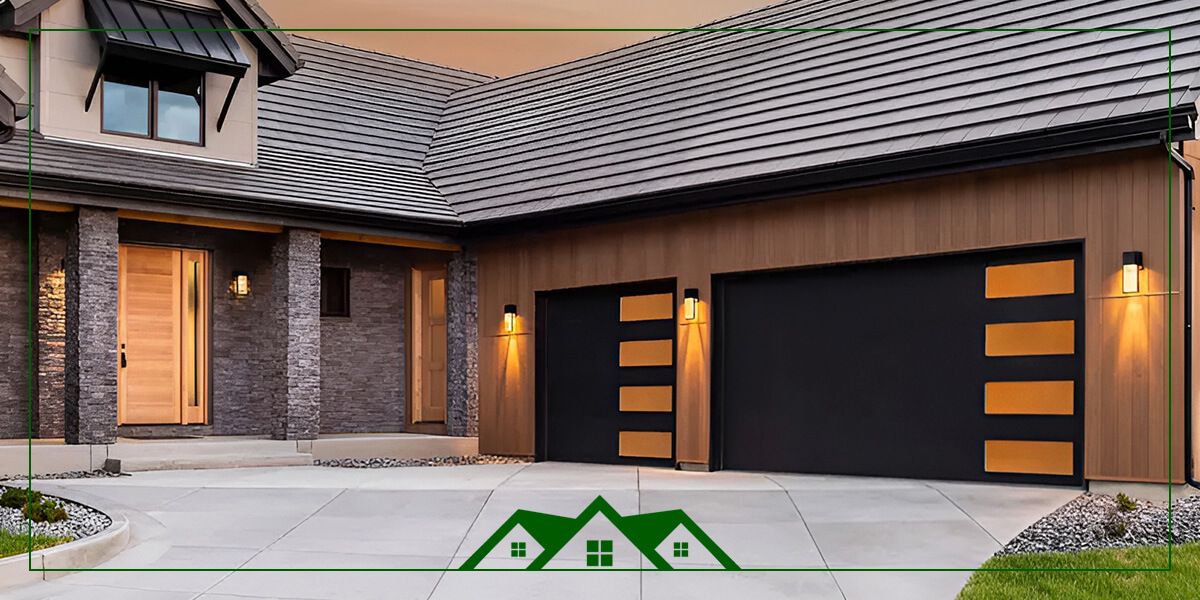
Expert Advice on Choosing the Best Siding Option for Your Climate
Regarding the protection of your house, siding serves as the first line of defense against the elements rather than just a decorative accent. Not only will your property’s curb appeal, but also its energy efficiency, durability, and general resilience depend on the suitable siding. Still, this ideal is not the same in every environment. Determining which material is ideal for your region depends critically on elements such as temperature swings, humidity, and storm or snowfall exposure.
Durability Against Heat and UV Exposure
Siding materials have to resist strong UV radiation and high temperatures without fading, warping, or cracking in areas where the heat is unrelenting, and the sun shines for most of the year. Although vinyl is a popular option, not all of it is designed for heat. Standard vinyl may discolor or get brittle under strong sunlight. Choosing UV-resistant vinyl or fiber cement siding is advised for individuals living in sun-soaked locations. Made from wood pulp, sand, and cement, fiber cement is renowned for its heat and UV damage resistance. Unlike conventional wood, it does not warp and, when painted with premium finishes, will keep its color for years. Another choice is metal siding, which may reflect a lot of sunshine, therefore lowering heat absorption into the house. Protective layers help to cover steel or aluminum siding, thereby preventing corrosion or fading.
2. The Importance of Moisture Resistance in Humid Areas
Particularly with wood, humidity is the enemy of many siding materials. Selecting the correct siding, like board and batten siding may make all the difference in areas with lots of rain or high moisture levels between long-lasting protection and a continuous fight against mold, mildew, and decay. Although aesthetically pleasing, wood siding absorbs moisture and, if not routinely maintained, causes warping and rotting. Under these conditions, treated or engineered wood makes more sense. These materials are designed to withstand dampness while nevertheless maintaining the natural appearance of classic wood siding. Conversely, for places with plenty of dampness, vinyl and fiber cement are great choices.
3. Cold Weather Performance: Siding That Stands the Test of Winter
In cold areas, where freezing temperatures and plenty of snowfall are typical, siding materials must provide more than simply insulation; they must also resist the difficulties of ice, snow, and changing temperatures. Though aesthetically pleasing, traditional wood siding may become brittle in cold climates, causing over time cracks or splits. Further degrading the material, the freeze-thaw cycle—where moisture enters gaps and subsequently freezes—can induce expansion. Because insulated vinyl or engineered wood siding can withstand temperature and moisture fluctuations without sacrificing structural integrity, they are common alternatives for these areas.
4. Impact Resistance for Storm-Prone Regions
In areas like the southeast United States, where hurricanes are always a threat, homeowners need siding that won’t easily be penetrated by trash or torn off in severe winds. Perfect for areas prone to storms, fiber cement, and engineered wood siding provides outstanding impact protection. Correct installation of these thick and strong materials will allow them to resist wind speeds up to 150 mph. Another choice for areas where storms cause concerns is impact-resistant vinyl. Modern vinyl production techniques have developed less prone to shatter or split under impact materials, offering a more reasonably priced alternative without compromising performance.
5. Siding Options That Handle Drastic Temperature Swings
Homes in areas where scorching summers and frigid winters coexist require siding materials that can expand and shrink without incurring harm. Although a popular and reasonably priced option, vinyl is known to expand and shrink with temperature fluctuations, therefore causing warping or splitting should it not be put with adequate flexibility. These areas’ homeowners should search for insulated vinyl siding, which increases energy efficiency by adding another layer of protection against temperature fluctuations. For places with notable temperature changes, another great choice is brick veneer or stone cladding. These thick, less prone to expansion or contraction materials provide a solid, long-lasting outside.
Conclusion
Choosing the ideal siding for your environment calls for careful thought of elements like impact performance, moisture resistance, and durability. Not only can a well-selected siding improve the look of your house, but it also strengthens it against the particular difficulties presented by your surroundings. Knowing these components will help you to make a wise choice guaranteeing both long-term protection for your house and attractiveness.
Author Bio
Hi, my name is Halley Jones. I’m a freelance content writer and guest author with a passion for crafting engaging and informative articles on a variety of topics. I have 5 years of experience in the industry and know how to create content that resonates with readers. In my spare time, you can find me hiking, trying out new recipes in the kitchen, or curled up with a good book.






